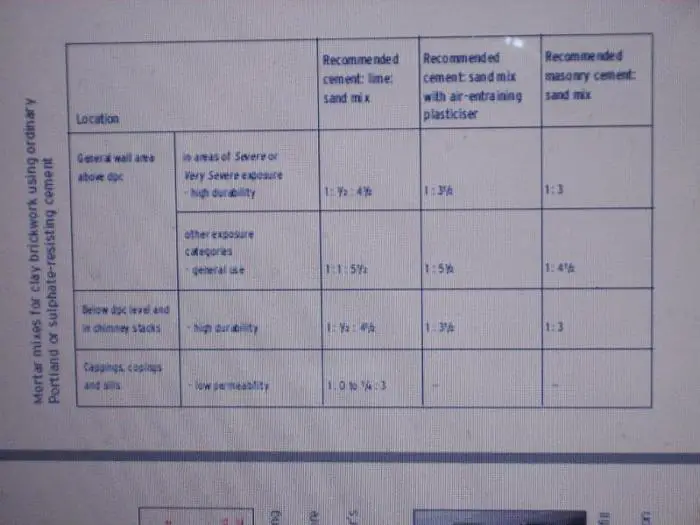Hi guys,
Very sorry as I know this is a frequently asked question. After a rushed few days to get everything ready for the brick layers which start tomorrow, I'm ready and excited.
So that I can keep an eye on them and not get messed around in any way, what is the ideal sand, cement, plasticiser ratio for laying bricks and blocks?
Many thanks
Mac
Very sorry as I know this is a frequently asked question. After a rushed few days to get everything ready for the brick layers which start tomorrow, I'm ready and excited.
So that I can keep an eye on them and not get messed around in any way, what is the ideal sand, cement, plasticiser ratio for laying bricks and blocks?
Many thanks
Mac


